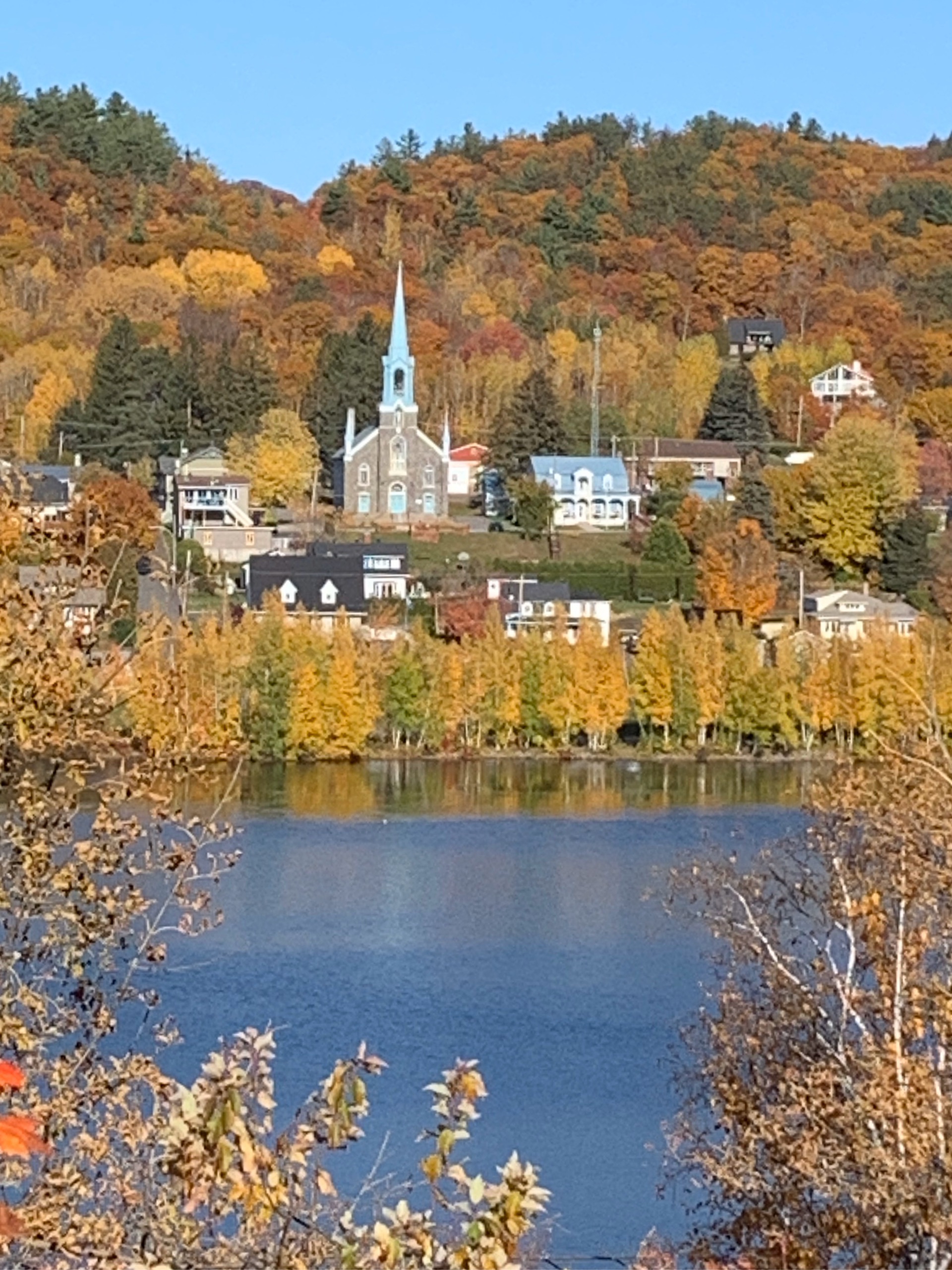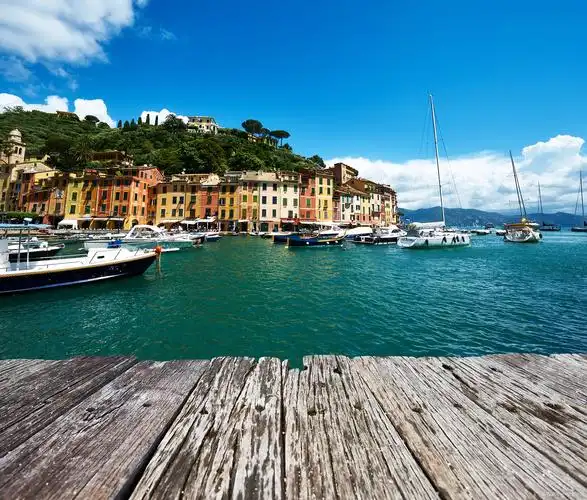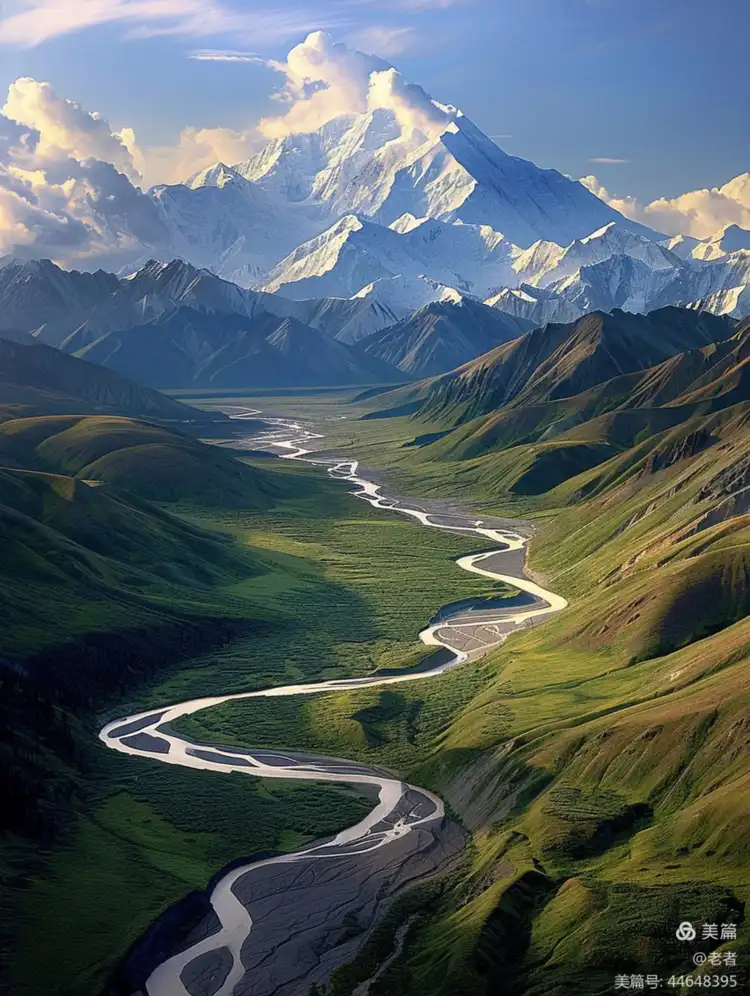Global Travel Information
Samburu National Reserve, Kenya
The vast, sun-scorched plains of northern Kenya hold a secret, a place where the earth whispers ancient tales and life thrives with a fierce, untamed beauty. This is Samburu National Reserve, a starkly magnificent landscape that exists not merely as a geographic location but as a profound state of mind. More arid and rugged than the famed savannahs of the Maasai Mara, Samburu offers a raw, intimate, and deeply authentic safari experience, revealing a unique cast of characters adapted to its harsh, beautiful conditions.
Carved by the life-giving artery of the Ewaso Ng'iro River, the reserve is a study in contrasts. Away from the river, the land is a seemingly endless expanse of dusty red earth, studded with thorny acacia trees and rugged lava rock formations. The sun beats down with an intensity that has shaped every facet of existence here. Yet, along the river's banks, a lush, emerald ribbon of doum palms and dense riverine forest thrives, creating a vital sanctuary. This dichotomy is the essence of Samburu—a delicate balance between relentless aridity and precious, sustaining water, a balance that dictates the rhythm of life for all its inhabitants.
The wildlife of Samburu is a unique ensemble, distinct from the south. These are the specials, the rare and resilient species that have made this arid land their exclusive Kenyan home. Most iconic are the reticulated giraffes, their strikingly precise and geometric brown-and-white patterns resembling a beautifully designed net draped over their bodies. They move with a graceful, loping elegance, browsing from the thorny acacias that dot the landscape.

Then there is the long-necked gerenuk, the "giraffe-necked gazelle," a master of adaptation. Standing effortlessly on its hind legs, its slender frame stretched to its极限, it feeds on tender leaves high on bushes that other antelopes cannot reach, a perfect picture of evolutionary ingenuity. The third celebrity is the Grevy's zebra, the emperor of its kind. Larger and more majestic than the common plains zebra, it boasts narrower, more numerous stripes, a white belly, and enormous, rounded ears that give it a perpetually alert and regal appearance. Their bray is a unique deep bellow, echoing across the plains.
But the cast extends beyond the "Samburu Special Five." Towering elephant herds, often dusted in red ochre, parade to the river to drink and bathe, their wise old matriarchs leading the way. Predators are ever-present; sleek leopards draped over the branches of sausage trees, cheetahs scanning the horizons from termite mounds, and lions, their manes often bleached blond by the sun, lazing in the shade. The river itself is home to enormous Nile crocodiles, basking on the banks with prehistoric patience.
This wilderness is not devoid of human culture; it is inextricably linked to the proud and pastoralist Samburu people, cousins to the Maasai. Their presence is felt in the distant manyattas (homesteads) and in the occasional sight of a moran, a young warrior, herding his cattle with unwavering diligence. Adorned in brilliant red shukas, with elaborate beaded jewelry and carrying a spear, he is a figure of timeless tradition. Their culture is a deep well of knowledge about this land, its animals, and its rhythms, built on a foundation of respect and coexistence. A visit to a local manyatta, conducted respectfully, offers a invaluable window into a way of life that has endured for centuries.
A typical day on safari in Samburu begins at dawn. The air is still cool, and the golden light paints the landscape in soft hues. This is when the animals are most active. A game drive might reveal a pack of endangered African wild dogs on the hunt, or a solitary striped hyena returning to its den. As the sun climbs and the heat intensifies, the reserve settles into a somnolent silence. Animals retreat to the shade, and it is the perfect time for a leisurely lunch back at the lodge, perhaps overlooking a waterhole frequented by thirsty guests.
The late afternoon brings another burst of activity. This is the golden hour, when photographers revel in the perfect light. All paths seem to lead back to the Ewaso Ng'iro River, the stage for the day's final drama. Herds of elephant converge for their evening drink, babies splashing playfully under the watchful eyes of their mothers. Buffalo crowd the banks, and the antelope descend cautiously, ever wary of the predators that emerge from their daytime slumber. As the sun dips below the Laikipia Plateau, setting the sky ablaze with oranges and purples, the air fills with the sounds of the African night—the whoop of hyenas, the grunt of a lion, and the incessant chorus of insects.
For the traveler, Samburu is more than a checklist of animals. It is an immersion into a raw, elemental Africa. It is the feeling of the fine red dust on your skin, the taste of a sun-warmed breeze, the sight of a thousand stars undimmed by city lights, and the profound silence of a landscape that has endured for millennia. It’s in the patient observation of a leopard in a tree, the understanding that comes from learning about the delicate ecosystem from a knowledgeable guide, and the humbling realization of one’s own small place in this vast, ancient world.
Samburu does not offer the easy, crowded spectacle of the Great Migration. Instead, it offers a rarer gift: the opportunity to lean in, to listen closely, and to connect with an Africa that is wild, authentic, and forever unforgettable. It is a place that gets under your skin and remains in your soul long after you have left its dusty, beautiful plains behind.
相关文章
- Elbe River Amusement Parks: Rides with River Views
- Elbe River Camping Spots: Pitch a Tent by the Water
- Elbe River Glamping Sites: Luxury Camping Along the Banks
- Elbe River RV Parks: Stay in Your Camper Near the River
- Elbe River B&Bs: Cozy Accommodations with a Personal Touch
- Elbe River Hostels: Budget Stays for Young Travelers
- Elbe River Business Travel Guide: Meetings & Events Near the Water
- Elbe River Conference Venues: Spaces with River Views
- Elbe River Wedding Venues: Tie the Knot by the Water
- Elbe River Funeral Services: Respectful Locations Along the Banks
发表评论
评论列表
- 这篇文章还没有收到评论,赶紧来抢沙发吧~


